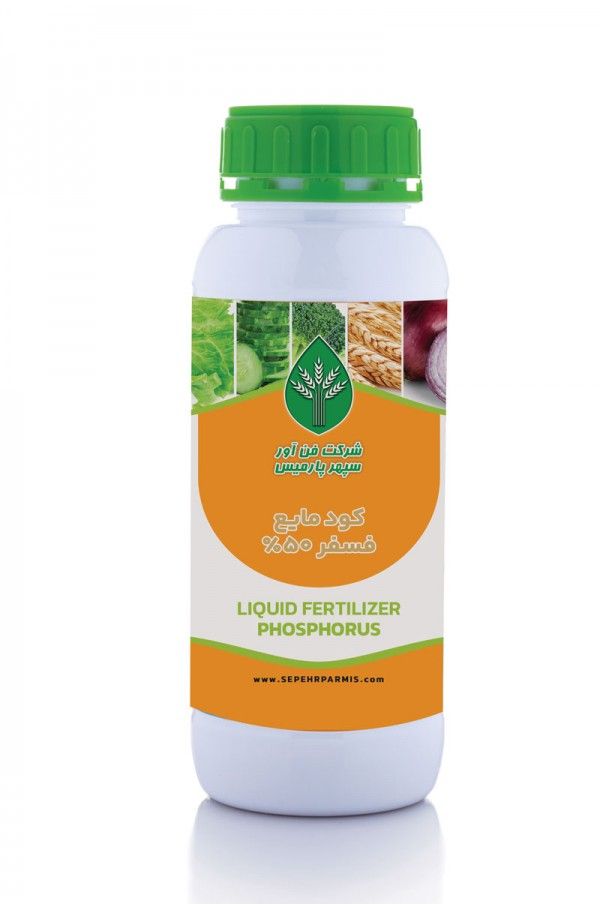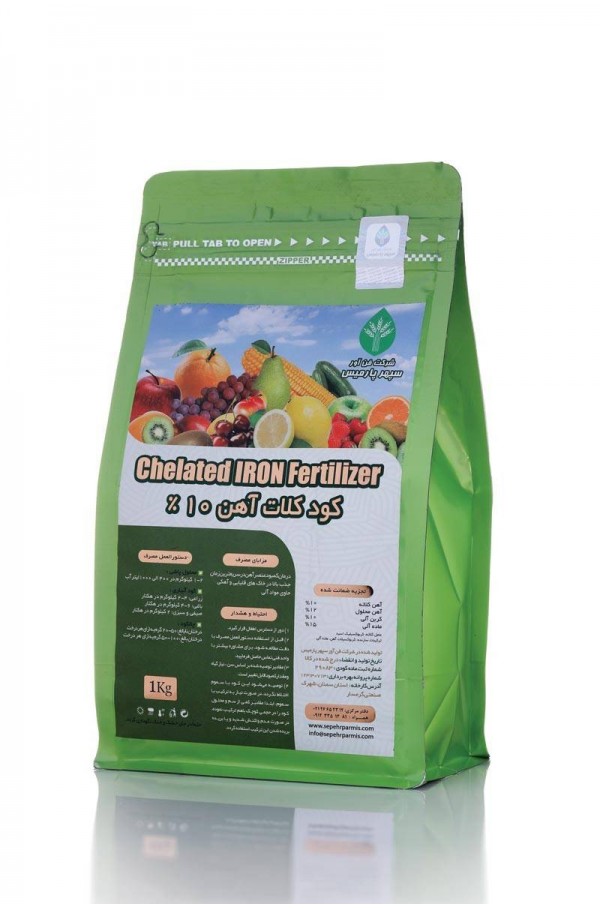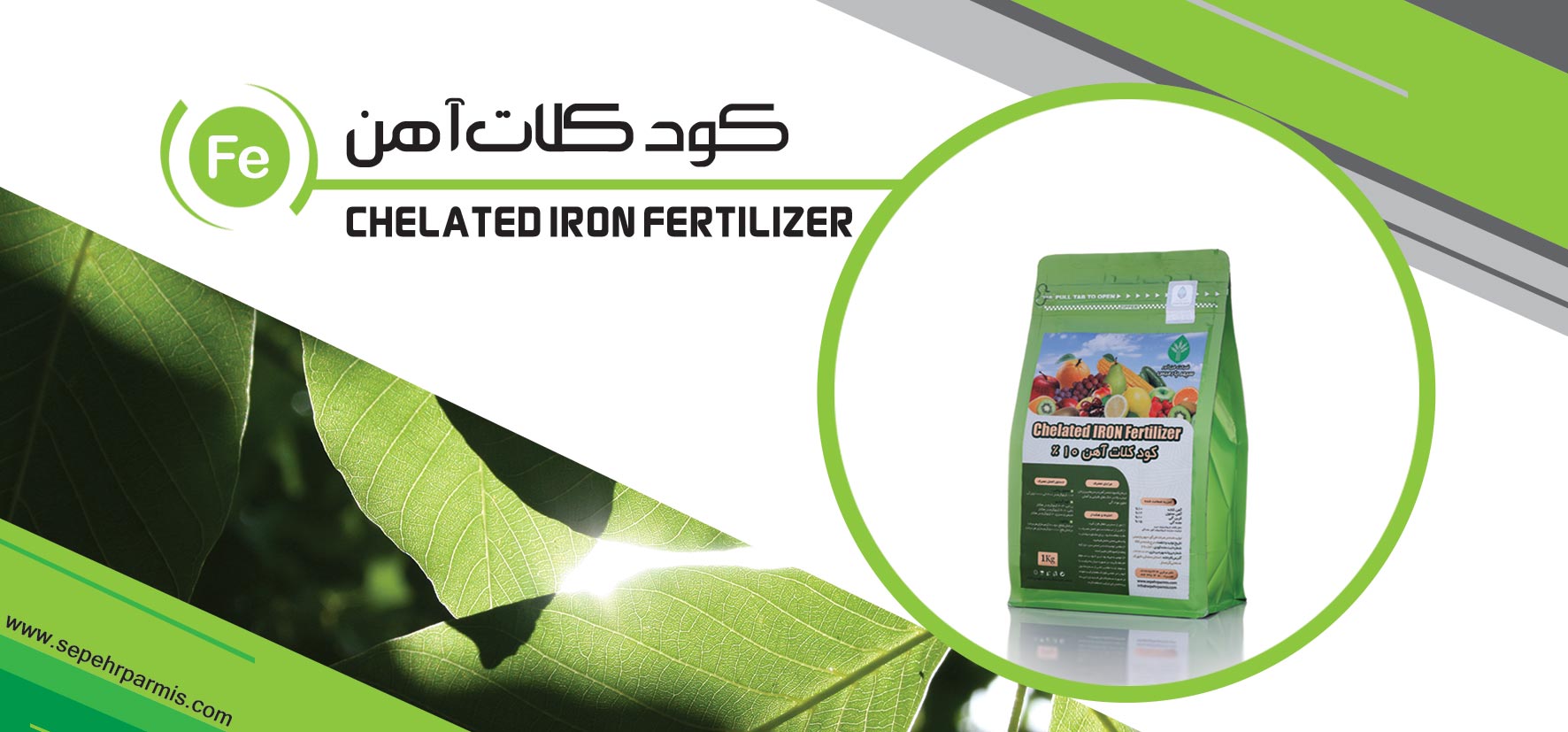
High Phosphorus Liquid Fertilizer

10% iron chelate fertilizer has been produced with high purity, which can be used as foliar spraying and irrigation fertilizer at the same time. It has organic material that help improve absorption, and leads to the treatment of iron deficiency in the fastest time. Iron element is one of the important nutrients (microelement), which is necessary for the growth of plants and plays a significant role in the formation of fruits. Iron is a catalyst for the synthesis of chlorophyll and is considered as an important element for protein synthesis, especially proteins associated with chlorophyll and xanthophyll.
Ingredients (Analysis) :
Chelated Fe 10%, OC 10%, OM 15%

Foliar, Irrigation, DeepPlacement
1-2 Kg in 1000 liters of water
2-6 Kg per Hectare
50-100 Gr per each grown tree
During all stages of plant growth expect flowering in garden
After petals dropping or the beginning of fruits formation
Iron is an essential micronutrient for improving the performance of many enzymes and is considered as a catalyst for chlorophyll synthesis. This element is important for protein synthesis, especially the proteins associated with chlorophyll and xanthophyll, which helps to increase the efficiency of photosynthesis and plant respiration. Upon reaching the soil rhizosphere, iron is regenerated in the form of divalent iron and absorbed by the plant in the form of chelate. Iron is one of the components of ferredoxin protein, which is necessary for the treatment of nitrate, sulfate and nitrogen assimilation and energy production (NADP).
Iron deficiency causes reduction in chlorophyll between the veins and causes chlorosis in plants. Therefore, it causes yellow spots to appear between the veins of the leaves but the veins remain green. Due to the low mobility of the iron element; Chlorosis is first seen in younger leaves, and with the severity of the deficiency, it covers the whole plant. In grains, the deficiency appears as green and yellow stripes along the length of the leaf (the veins are green and the space between the veins is yellow). Lack of iron element leads to plants drying, decrease in productivity, and poor quality of products.
Related Products